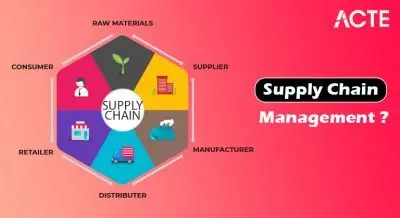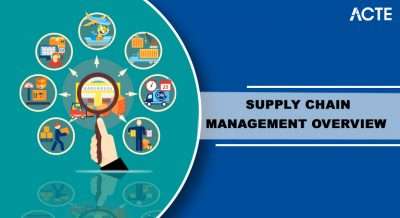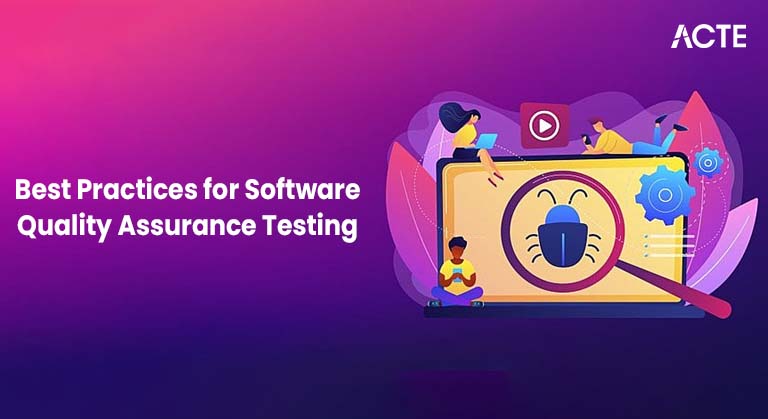
- Introduction to Software Quality Assurance
- Importance of Software Quality Assurance
- Key Principles and Practices
- Software Quality Assurance Process
- Tools and Techniques for Software Quality Assurance
- Challenges in Software Quality Assurance
- Software Quality Assurance vs. Software Testing
- Conclusion and Future Trends
Introduction to Software Quality Assurance
Software Quality Assurance (SQA) is a systematic process designed to ensure that software products meet specified requirements and customer expectations. It encompasses the entire software development life cycle (SDLC) and focuses on preventing defects through planned and systematic activities. Understanding quality assurance in software testing means recognizing that SQA isn’t just about catching bugs it’s about embedding quality from the very start. Unlike testing, which identifies defects, SQA aims to improve and stabilize the processes used to develop software, ensuring that quality is built in from the beginning. It involves standards, procedures, audits, and reviews that work collectively to maintain product quality and process integrity.
Are You Interested in Learning More About Software Testing? Sign Up For Our Software Testing Certification Training Today!
Importance of Software Quality Assurance
In today’s digital world, software pervades almost every aspect of life, from business operations to healthcare and transportation. The quality of software significantly impacts user satisfaction, safety, and operational efficiency. SQA helps reduce risks associated with software failure, such as financial losses, reputational damage, or even threats to human life in critical systems.
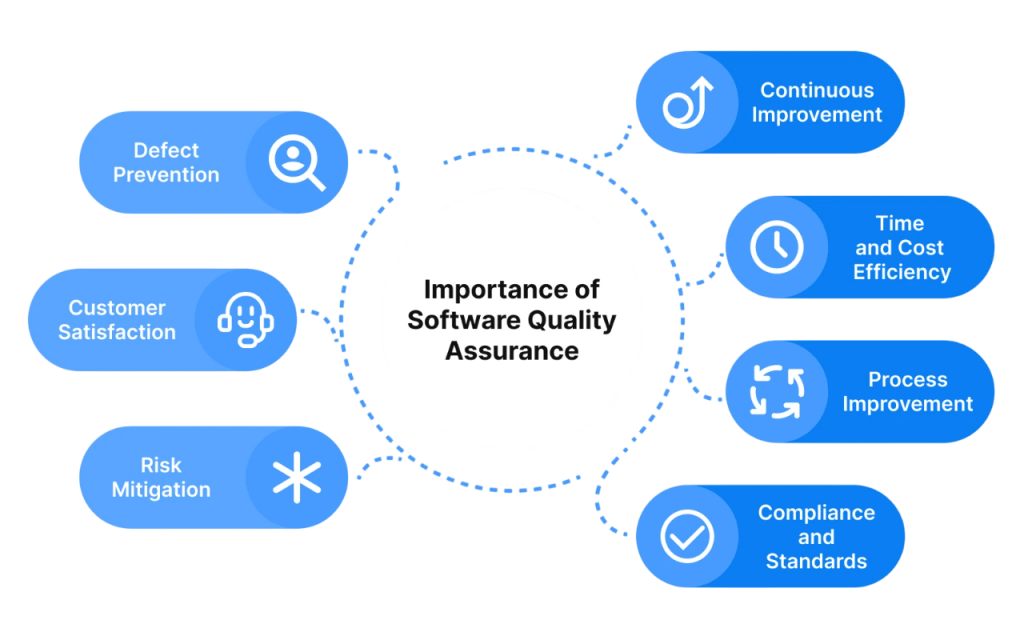
By catching defects early and preventing them, organizations save time and money, improve productivity, and build trust with customers. Moreover, adherence to quality standards often determines compliance with regulatory requirements, which is essential in sectors like finance, healthcare, and aerospace.
Key Principles and Practices
- SQA relies on several fundamental principles: prevention rather than detection, continuous improvement, involvement of all stakeholders, and adherence to standards. The practices include defining quality policies, process audits, configuration management, training, and metrics analysis.
- Standards such as ISO 9001, ISO/IEC 9126, and CMMI provide frameworks that organizations can adopt to structure their quality efforts. Additionally, practices like code reviews, peer inspections, static analysis, and process modeling help maintain high-quality outputs.
- A strong quality culture is crucial, where developers, testers, managers, and customers share responsibility for quality.
- The SQA process typically includes the following steps: planning, implementation, monitoring, and feedback. In the planning phase, quality goals, standards, and procedures are defined. Implementation involves executing these plans during development through process control and reviews.
- Monitoring includes audits and testing to verify compliance and identify gaps. Feedback loops enable continuous improvement by analyzing defects and process weaknesses. Metrics such as defect density, test coverage, and mean time to failure help measure effectiveness.
- Metrics such as defect density, test coverage, and mean time to failure help measure effectiveness. Documentation and reporting are essential throughout to maintain transparency and accountability.
- Though closely related, Software Quality Assurance and Software Testing are distinct concepts. SQA is a broader discipline focused on establishing and maintaining processes to produce quality software, encompassing activities such as process definition, audits, and standards compliance.
- Software Testing, on the other hand, is a subset of SQA focused on executing the software to find defects. Testing validates the functionality and performance of the software against requirements.
- While testing is reactive, detecting faults, SQA is proactive, preventing faults by improving development processes. Both are essential for delivering high-quality software but serve different purposes within the development lifecycle.
To Explore Software Testing in Depth, Check Out Our Comprehensive Software Testing Training Course To Gain Insights From Our Experts!
Software Quality Assurance Process
Tools and Techniques for Software Quality Assurance
Today’s software quality assurance is built on a robust system of advanced tools and well-established methods that work together perfectly to achieve outstanding results. Automation frameworks like Selenium and JUnit are crucial for speeding up regression testing, while tools such as SonarQube proactively spot coding issues and security risks before they make it into the live environment. These tools play a vital role in quality assurance in software testing by helping teams identify flaws early and maintain high standards throughout development. Additionally, solutions like Git and Jenkins make managing code versions and integrating changes smoother, supporting continuous integration practices. Alongside these technical tools, systems like Jira help teams manage problems efficiently and keep everyone in the loop with clear communication. Together, these technologies and strategies strengthen quality assurance in software testing, driving consistency, reliability, and customer satisfaction. On top of the technology, smart testing strategies like boundary value analysis, equivalence partitioning, and risk-based testing really boost how much ground testers can cover and how effective their work is. When organizations thoughtfully weave these powerful tools and proven techniques into every stage of software development, they can hit much higher quality standards. This not only safeguards their reputation and financial health but also ensures customers have truly great experiences.
Want to Pursue a Software Testing Master’s Degree? Enroll For Software Testing Master Program Course Today!
Challenges in Software Quality Assurance
Software Quality Assurance (SQA) professionals really have their hands full these days, navigating a landscape that’s getting more complicated all the time. They need to think both strategically and practically to handle the challenges that pop up. With requirements changing faster than ever, tight budgets, and complex systems, even the most experienced quality teams are put to the test. There’s constant pressure to get software out the door quicker, which often means making tough choices between quality and aggressive deadlines or market needs. This is where a well-defined software quality assurance process becomes essential helping teams prioritize long-term stability over short-term gains.
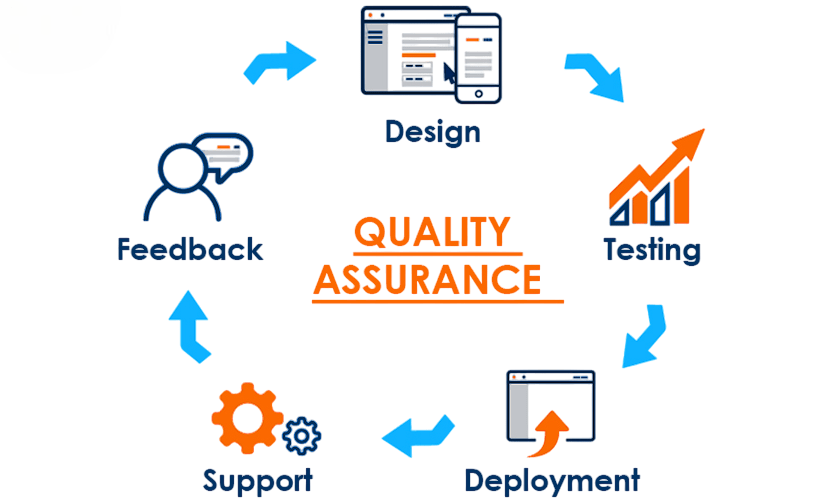
On top of that, getting different teams often spread out all over the place to communicate effectively and keeping documentation up-to-date is a never-ending struggle. Figuring out the right mix between efficient automated testing and the unique human perspective needed for exploratory and usability testing just adds another layer of difficulty to their job. To manage this complexity, organizations must continuously evolve their software quality assurance process to stay aligned with emerging technologies and business objectives. And perhaps the biggest challenge of all? SQA leaders have to keep finding ways to connect quality metrics with the overall business goals while also convincing management to stay committed to quality initiatives. That takes a real knack for diplomacy and the ability to make a strong business case. As software expands into cloud environments, mobile devices, and the Internet of Things, making sure quality stays consistent across all these different areas becomes even tougher. It really calls for adaptive methods that can keep pace with technology.
Software Quality Assurance vs. Software Testing
Conclusion and Future Trends
Software Quality Assurance remains vital in ensuring reliable, efficient, and user-friendly software products. As software systems become more integral to critical infrastructure and business processes, the role of SQA grows in complexity and importance. Future trends include increased use of Artificial Intelligence and Machine Learning to predict defects and automate quality processes. DevOps and Continuous Integration/Continuous Deployment (CI/CD) pipelines further integrate SQA into fast-paced development environments. These developments highlight the need for an adaptive software quality assurance process that can evolve alongside rapid technological changes. The evolution of quality assurance in software testing now includes heightened focus on security, automation, and real-time monitoring to meet these changing demands. Additionally, the rise of security concerns means that quality assurance must increasingly incorporate security testing and compliance checks. Organizations that embrace these advancements and maintain a strong commitment to quality will be best positioned to succeed in the evolving software landscape. Focus is the primary contrast between QA and QC. The goal of QA is to create and uphold the proper procedure. It guarantees that each step is completed correctly the first time. By doing this, mistakes are avoided before they occur. After the process is finished, it seeks to identify and correct errors. While quality control asks, “Is the product right?” quality assurance asks, “Are we doing the right things?” A well-implemented software quality assurance process supports this mindset by embedding quality into each stage rather than leaving it to final inspection. Both are essential to producing a dependable product. When combined, they assist businesses in creating safe, efficient, and client-focused products and services. Errors could occur more frequently without QA, which would increase expenses and result in unhappy clients. A robust quality system that enhances overall performance and customer trust is produced by properly implementing both practices.

